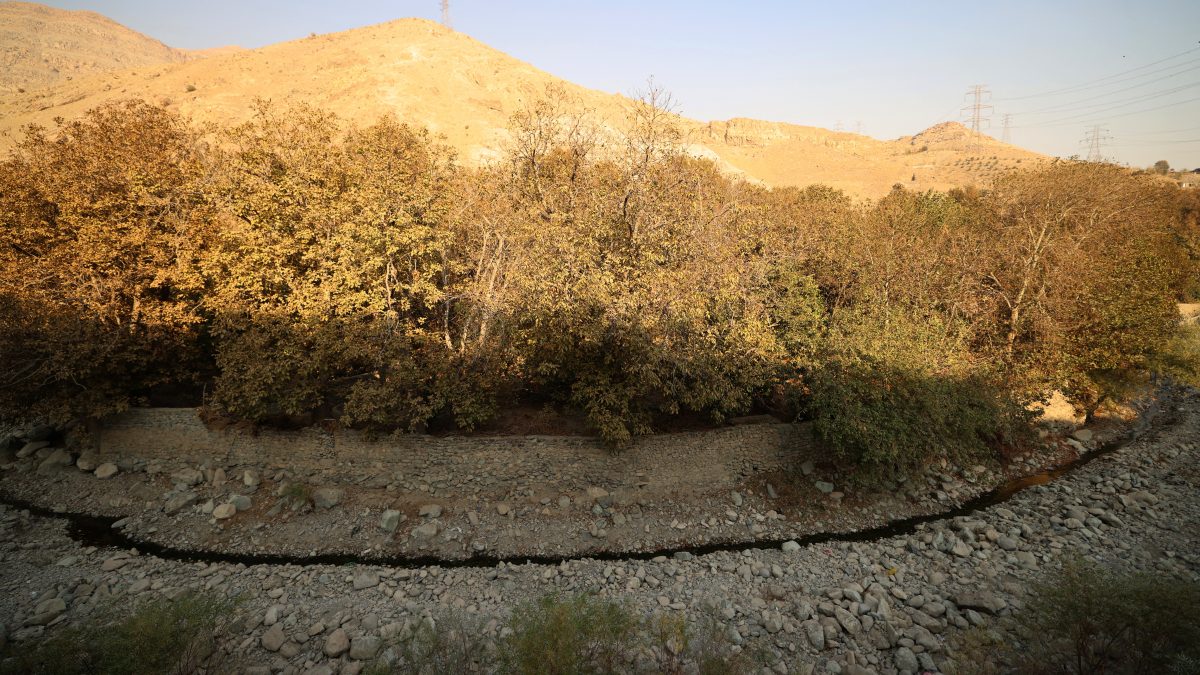Facing one of its most extreme water shortages in decades, Iran has begun deploying cloud-seeding flights in a renewed bid to coax rainfall, according to reports from state media.
The first operation of the current water year—which started in September—took place over the Urmia Lake basin, the IRNA news agency announced late Saturday. Once the country’s largest lake, Urmia has dramatically receded, leaving behind a sprawling salt plain as prolonged drought and mismanagement continue to take a toll.
Authorities plan to extend the cloud-seeding missions to East and West Azerbaijan provinces in the coming days. The technique involves dispersing substances such as silver iodide or salt from aircraft to encourage moisture in the clouds to condense and fall as rain. Iran revealed last year that it had developed domestic expertise to conduct these operations independently.
The latest intervention comes as rainfall levels plunge far below seasonal norms. IRNA cited the national meteorological service as saying precipitation across the country has dropped by roughly 89 percent compared with long-term averages. The organisation warned that this autumn is shaping up to be the driest the country has experienced in half a century.
Despite the grim picture, scattered showers were recorded on Saturday in several western provinces—including Ilam, Kermanshah, Kurdistan, and Lorestan—along with parts of West Azerbaijan. State media also broadcast rare early-season snowfall over the Tochal mountain and ski resort in the Alborz range near Tehran.
Quick Reads
View AllMuch of Iran, known for its arid climate, has long struggled with recurring droughts and increasingly severe heat waves—conditions scientists say are likely to intensify with global warming. Tehran, in particular, has seen its lowest rainfall in roughly 100 years, according to city officials, while nearly half of the country’s provinces have gone without any measurable precipitation for months.
The prolonged dry spell has also pushed reservoirs to historic lows, raising alarm over water supplies for several regions. Earlier in November, President Masoud Pezeshkian cautioned that if the capital does not receive rainfall before winter sets in, authorities might have to consider evacuating parts of Tehran, though he did not provide further details.
Iran is not alone in experimenting with weather modification. Several neighbouring nations, including the United Arab Emirates, have also turned to cloud seeding in hopes of easing their own water shortages.
)